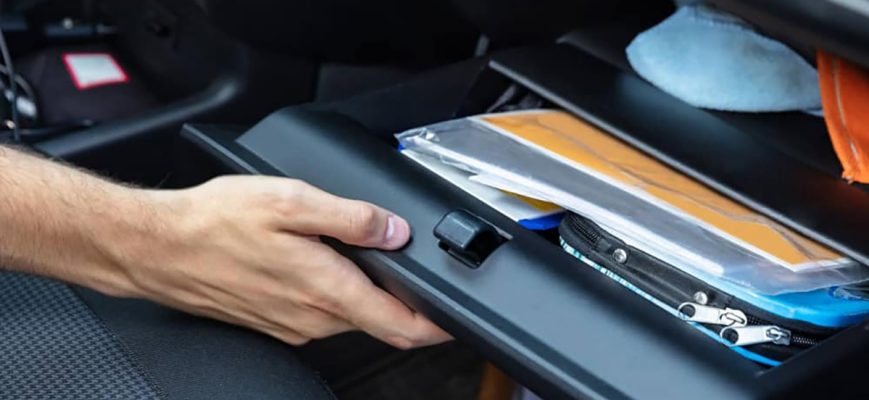Quality Translation for the Automotive Sector
With constant technological innovations and ever-evolving regulations, translation for the automotive sector is an exciting field! In fact, simply translating the regulations effectively is becoming an essential element for localisation, market expansion, and ultimately, global success. The speed at which an automotive manufacturer can comply with new regulations — and then translate and adapt updates to legal and technical documents accurately — undoubtedly impacts on their success in a new or expanding market. This is a highly specialised process, which has a direct impact on areas such as safety, quality and compliance; not only with international standards, but also with the regulations and laws of each country.
Translation for the Automotive Sector includes:
- Technical Manuals and User Guides
- Product Catalogs and Data Sheets
- Service and Maintenance Documents
- Warranty and Insurance Documents
- Software and Interface Localisation
- Safety Documents and Compliance Materials
- Automotive Engineering Specifications
- Supply Chain and Logistics Documents
The Challenges of Translation for the Automotive Sector
Unprecedented levels of R&D make return on investment a key consideration. Clear and accurate communication in local languages is more and more important, in an industry with zero margin for error. For technical documents, a failure to use up-to-date translation software often results in errors. In addition, it’s worth considering that although it is updated regularly, a technical document will rarely change significantly. We set-up a client-specific Translation Memory for each of our clients, which means that you will only pay for changes made, rather than for the translation of the entire document, each time you add or amend a few paragraphs.
Some Potential Issues
Take, for example, the basic metric of ‘miles per gallon’. That must be a simple term to translate, right? Buckle up! Both British and American cars express the fuel consumption of cars in ‘miles per gallon’ (mpg). But unfortunately… they don’t use the same gallon. The Imperial gallon, still sometimes used in metric Britain, is 4.542 litres, whereas the US gallon is somewhat smaller, at 3.785 litres. So a car which does 30 mpg in England achieves only 25 mpg in the States.
The rest of the world uses either kilometres per litre or litres per 100 km. 25 US mpg is equivalent to 10.63 km per litre. Usually this is turned upside down and expressed as 9.41 l/100 km. These subtle but significant differences highlight the importance of working with linguists who are specialised in this field and who use up-to-date tools.
A poor quality translation will also slip up on issues such as the difference between a UK and a US billion, a decimal point or a decimal comma, or the conversion of metric to imperial measurements. QuickSilver’s team of highly experienced and specialised translators will ensure that any technical documentation is absolutely accurate, both in terms of language and figures.
Furthermore, there are regulations and standards such as ISO 9001 for quality or ISO 26262 for functional safety in the automotive industry that require documentation, operating instructions, technical specifications and other related documents to be clear, precise and understandable to end users. This entails the obligation to provide highly reliable translations.
In the European Union, regulations concerning the approval of vehicles and their components (Regulation (EU) 2018/858, for example) require certain information to be available in the languages of the member countries. This can include everything from user manuals to warning labels and component descriptions. Similarly, in the United States, National Highway Traffic Safety Administration (NHTSA) regulations also require that documentation be available in certain languages.
SAE J2450 Translation Quality Metric
Specifically developed for automotive translation quality assurance, the SAE J2450 Translation Quality Metric provides a structured framework for evaluating the effectiveness of translations. Created by the Society of Automotive Engineers, this metric employs a quantitative approach to assess the quality of translated automotive service information. The J2450 standard identifies key error categories, including incorrect terms, syntactic errors, omissions, and additions. Each error type is assigned a severity weight that reflects its potential impact on the comprehension and usability of the translation.
This systematic approach ensures consistent, objective measurements of translation quality, enabling automotive translations to adhere to stringent industry standards. By using a Language Service Provider (LSP) who implements the J2450 standard, automotive companies can maintain high-quality and accurate technical documentation, significantly reducing the risk of miscommunication, and enhancing safety and regulatory compliance across global markets.
Why Quicksilver Translate?
At Quicksilver Translate, we understand the underlying technology, automotive industry regulations and standards. Our specialised professional translators can ensure compliance with their legal responsibilities, while also keeping your brand message consistent. Our commitment to quality is backed by ISO 9001 certification, which guarantees consolidated and reliable translation processes.
Similar to our technical translation services for other industry verticals, when it comes to translation for the automotive sector, we assign translators with specialised knowledge to translate technical content. As such, we play a pivotal role in facilitating international operations, and ensuring that automotive companies can effectively communicate their innovations and products across a global market.

